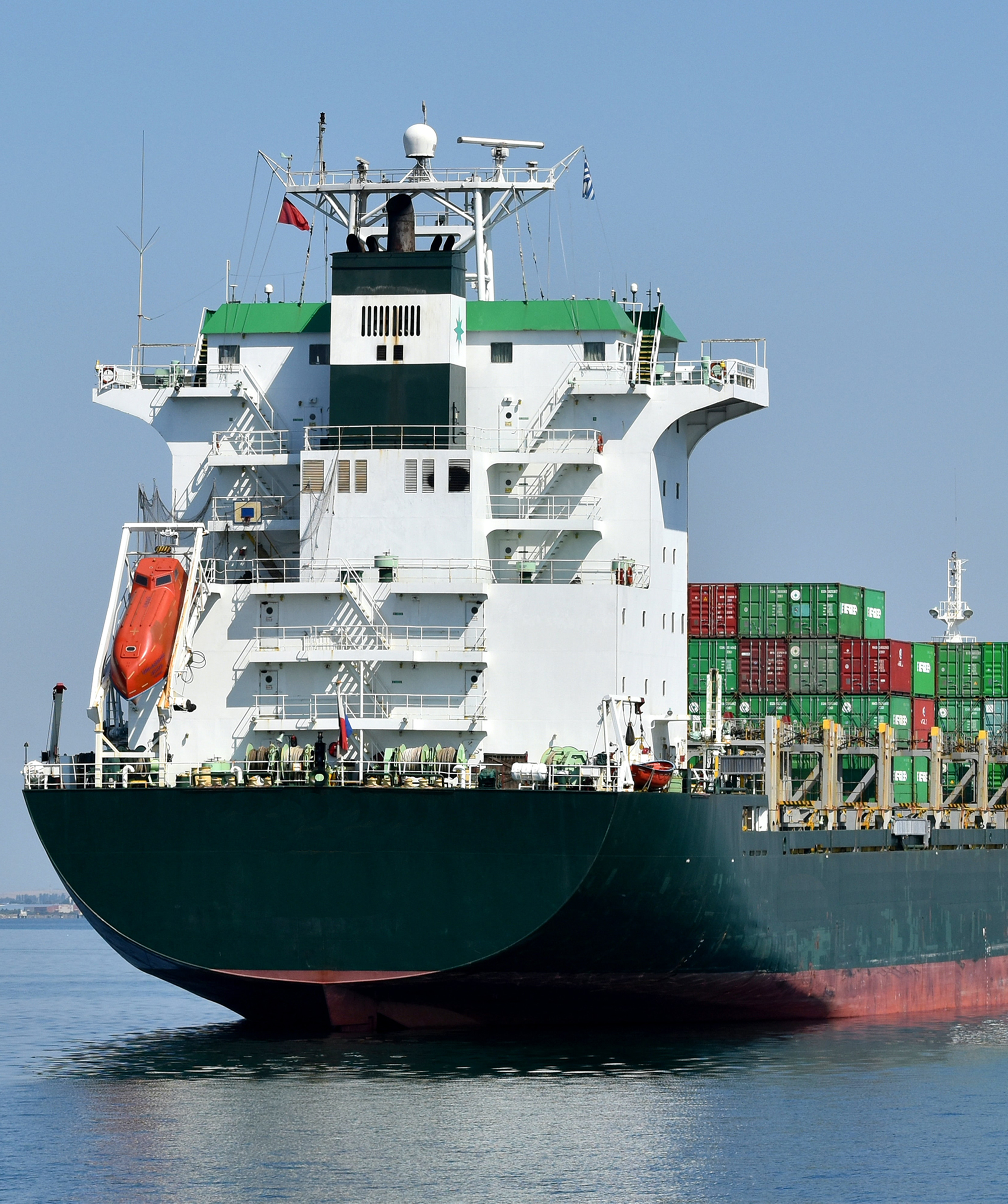GLOBAL GSM COVERAGE FOR VESSELS
INDOOR COVERAGE versus HOTEL SOLUTION.
Making available 2G 3G 4G and 5G on vessels is facing several challenges:
The antennas from the operators are mostly directed inland and the signal that is radiated off the coast is limited, resulting in a very limited availability range of only a few miles from the coast.
The signal strength and reach are depending on the altitude of the operator antennas close to the coast, but most antennas are situated at lower altitudes, close to beaches with greater concentration of residents or visitors.
The signal strength on the vessel is also very much depending on the actual altitude of the GSM or SMARTPHONE above the sea level, and so if the vessel is not too far from the coastline, the signal might still be reasonable while being on the flybridge but it will be too weak on the lower decks.
With a lower signal strength from the GSM signal the data performance of smartphones and routers are gradually going down resulting in a small bandwidth unusable for many applications.
When traveling along the coast even at limited distance the stability of the signal from each individual operator is very variable and goes from good to very weak every few km. However there where the signal is bad for one operator it might be better for one or more other operators.
Operators install their antennas only where they hope to lure customers, this is resulting in many areas along the deserted or scarcely habited coast with no antennas.
Most vessels have a steel hull with wooden accommodation and are almost completely shielded against signals from outside, windows are protected against heat loss and are also blocking incoming GSM signals. This results in many circumstances that one has to go outside on the highest deck to be able to make contact with the rest of the world.
There are 2 solutions to resolve all of the above-mentioned issues.
The signal from all operators is captured by 2 omnidirectional antennas installed as high as possible on the mast of the vessel. This signal is conducted to a MIMO amplifier and range optimizer system that filters and regulates the strength and the stability for all operators on all available frequency bands.
This amplified and continuously regulated signal is usable up to 35 km from the most nearby operator antennas on the coast.
The optimized signal from the amplifier is fed into one or more routers, each equipped with a series of modems with SIM cards from different operators, and each of these modems deliver a data bandwidth depending on the local geographical situation. However, when one of the operators is not available others are. The obtained bandwidth from each of the modems is bonded together into one broad single and stable internet.
Also a WIFI modem combined in the same router system can be used to pick up available free of charge signals in the port.
Even if the modems have a capacity of more than 100Mbps each, the real performance value is primarily depending on the signal strength, available technology (3G 4G 5G) and capacity from each individual operator in that area.
An example for a simple system with only 4 modems: If operator A gives a real bandwidth of 5Mbps, operator B 30Mbps, operator C 10Mbps and operator D 20Mbps this will provide a total combined value of 65Mbps.
At the router there is an ethernet output delivering the total capacity of bandwidth to a wired or wireless (WIFI) indoor network available for crew or visitors.
The number of modems needed is depending on the desired bandwidth taking in account that the local and temporary available bandwidth has to be shared by the maximum number of simultaneous users at the same moment on the vessel.
As our system is working simultaneously on all available frequency bands and all available technologies the number of modems is not necessarily limited by the number of local operators as there can be combinations of frequencies, technologies and different operators.
An advanced system can provide an internet data speed of up to several hundreds of Mbps up to 1Gbps.
The modems we propose are not only suitable for normal SIM cards but also for virtual SIMs, this has the advantage that at any place on the world you always use a local and therefor the cheapest and most performing possible connection.
The selection of the virtual SIM is done in a fully automatic and dynamic way during traveling along the coast. Apart from a better performance by using virtual SIM cards there is also a very important cost saving effect
The virtual SIM card service is available worldwide.
This solution is partially identic to the hotel solution but the adjusted and filtered signal from the amplifier is distributed over a coaxial network with small antennas installed there where coverage is needed.
The type of optimizing amplifier is different from the above version as more amplification is needed but the frequency ranges and other specifications are identic.
In the case of an indoor coverage solution the crew or visitors do not need to connect to a cabled network or register to WIFI, they can just continue to use their own device without changing any settings. When working this way each one on board receives his invoice at home from the usual operator and is responsible for his own consumption.
There is no limit on the number of simultaneous users of this system and there is no interaction or influence on the available bandwidth if more users are active or not. The only limit might be the capacity of the operators themselves.
The result of both above mentioned systems is a very substantial diminution of the VSAT cost together with a very big amelioration and flexibility of the communication possibilities on board.
World wide GSM coverage brochure/pdf



